In the world of Good Will Hunting, a character’s fashion choices neatly classify him as belonging to one of two demographics: the crisp white-collar realm of Harvard and MIT or the grungy, working-class sphere of South Boston where nylon jumpsuits qualify as evening attire.
For the South Boston natives played by Matt Damon (Will Hunting) and Ben Affleck (Chuckie), loose-fitting sportswear is comfortable and practical. Nylon jackets, side-snap sweatpants, and sporty cotton t-shirts are easy to relax in after a long day working construction. It’s easier still to win a fistfight when clothes won’t limit their motion or prevent them from beating up a childhood enemy. Before Alexander Wang, Tory Burch, and Net-a-Porter made “athleisure” what it is today, wearing active clothing in non-exercise settings was a way to signify working-class status.
An Oscar-winning film released in 1997, Good Will Hunting is conscious of how clothing choices connote class. Contrary to the reality today, the poorer characters from South Boston don garish athletic fashions while the academics of Cambridge are rarely seen in a shirt without a collar. It’s through athletic wear that Will and Chuckie signify their place in the world and declare that they are not so important a person that they must wear uncomfortably starched pants and sports coats. In stark contrast to their “Southie” counterparts, the ambitious characters who “belong” to the elitist Cambridge world of MIT and Harvard wear button-downs, v-neck wool sweaters, and sports coats with subtle patterns.

The editing of two scenes early in the movie makes this juxtaposition painfully evident. Will and Chuckie are at a batting cage and, for some reason, Will is pitching to Chuckie — perhaps to avoid paying the fee. Will wears a ragged t-shirt, of a faded neutral color that looks like it might have been once gray. Chuckie wears a royal blue-and-white nylon jacket and matching sweatpants. This breezy, flexible clothing allows Chuckie to move quickly when Will intentionally pitches too close, hitting Chuckie’s shoulder. In retribution, Chuckie dashes out of the batter’s area and into the center of the circular batting cage. The two men dance like boxers as he playfully attempts to punch Will.
The next scene comes suddenly, after only a few seconds of the friends’ sparring, creating a stark division between the energetic physicality of South Boston and the contemplative stasis of Cambridge. Chuckie and Will, in their casual, fluid clothing, disappear and now the viewer sees the neatly tailored bright red blazers of a cappella singers at an MIT reunion. This is a tight shot, which makes it easy to see that the blazer’s breast pocket has an embroidered insignia on it. A “WELCOME CLASS OF 1972” banner positioned behind the singers is the same red as their blazers. They croon sweetly, in unison. The camera finds Will’s would-be mentor, MIT math professor Gerald Lambeau, who wears that same red blazer and its matching silver-and-red tie.
Shortly thereafter, Will, Chuckie and the rest of the South Boston crew check out a bar in Cambridge. “So this is a Harvard bar, huh?” Chuckie says as he enters. “I thought there’d be equations and shit on the wall.” He takes a look around and, after making a haphazard attempt to hit on two girls, finds himself in an awkward conversation with an aggressive-but-urbane male Harvard student. Chuckie, wearing an unzipped windbreaker and Champion sweatshirt, stumbles as the student, wearing a pinstripe button-down, condescendingly mocks him. Will, who wears a ratty t-shirt, steps into the argument and quickly discredits the male student’s argument. Through clearly delineated costuming, Good Will Hunting creates a visual grammar that evokes the tension Will feels as a character — caught between South Boston, where he’s otherworldly smart, and Cambridge, where he schools prize-winning professors on math proofs but doesn’t quite belong, either.
The character whose costuming forms a bridge between these worlds is Will’s psychotherapist Sean, played by Robin Williams. Sean, like Will, is from South Boston and this personal history is evident in his style, which is more professional than Will’s activewear and more relaxed than the Cambridge uniform. In wing collar short sleeve shirts, reminiscent of 1970s fashion, and thick cardigans in muted earth tones, Sean becomes a mentor for Will. He encourages the young man to think about what he wants from life, to accept his intellectual talents, and to take emotional risks and be vulnerable in relationships. And Will, who is quick to dismiss everyone else’s perspective throughout the film, seems to be able to accept Sean’s advice.

In the movie’s last scene, Will drives his pieced-together scrap yard sedan (a birthday present from Chuckie) to Sean’s home. He slips a note in Sean’s metal mailbox, saying that he’s going to abandon Cambridge with all its promises and instead go to California to pursue his girlfriend. When Will returns to the street, his car’s hood, an imperfectly spray painted cherry red, seems garish and immature next to his white-and-beige striped bowler shirt. Sean, also wearing a bowling shirt, steps out onto his stoop to check the note. It’s a gray morning and for the first time in the movie, the Southie-born psychologist wears sportswear, signifying his emotional attachment to Will and an homage to his past: navy blue and red Red Sox baseball jacket.
Twenty years later, designers like Fendi and Saint Laurent offer their own takes on Sean’s baseball jacket. One of Gucci’s baseball jackets, a bright orange puffer with a vintage-looking “Yankees” logo emblazoned across the front, looks like something Sean’s New York counterpart might wear. Though the $3,000 price tag, even if adjusted to the dollar of the late 90’s, would likely be prohibitive.
2019 finds American fashion and consumption at a strange place. Those with the greatest means now buy clothes that look much like those worn by people with much lesser means — luxury athleisure just costs a hell of a lot more. It’s curious that the people who can afford the most have eschewed the solidly constructed and neatly tailored clothing that defined wealth in the twentieth century. Perhaps limited social mobility and record levels income inequality means that the wealthiest Americans no longer need to declare their status with preppy fashions. They are what they are and, barring a major financial crisis, will remain that way.
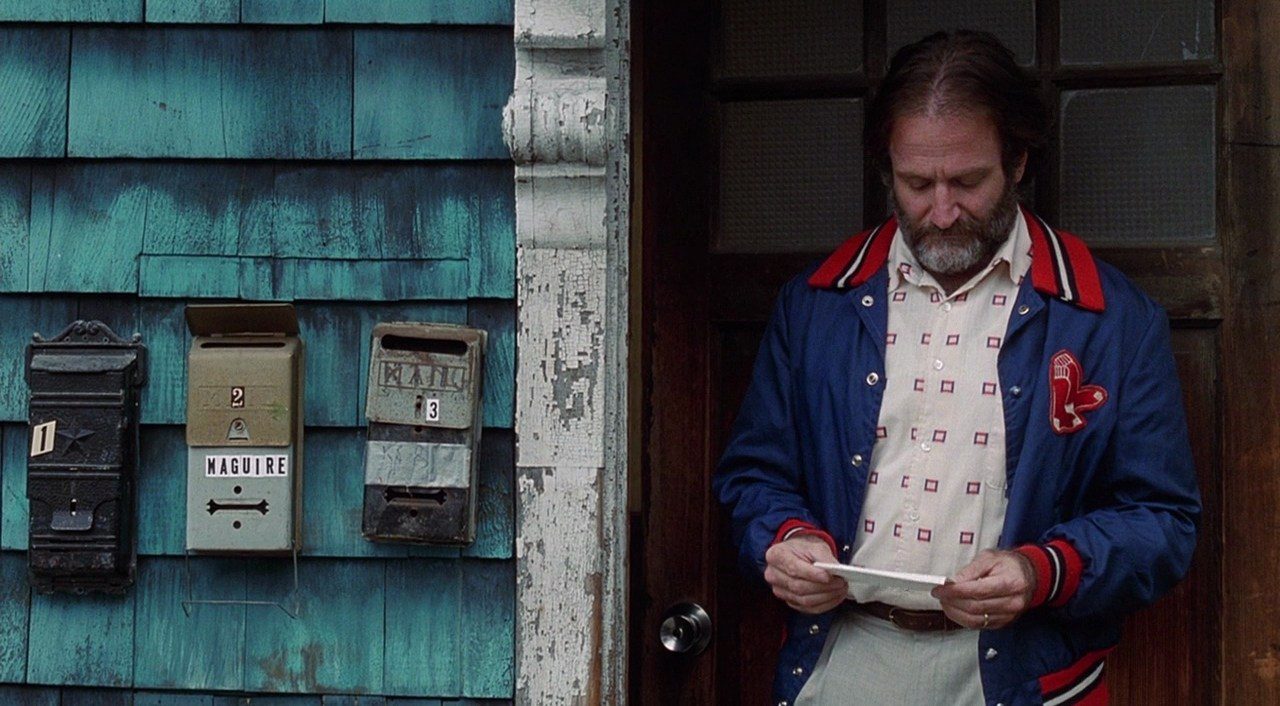
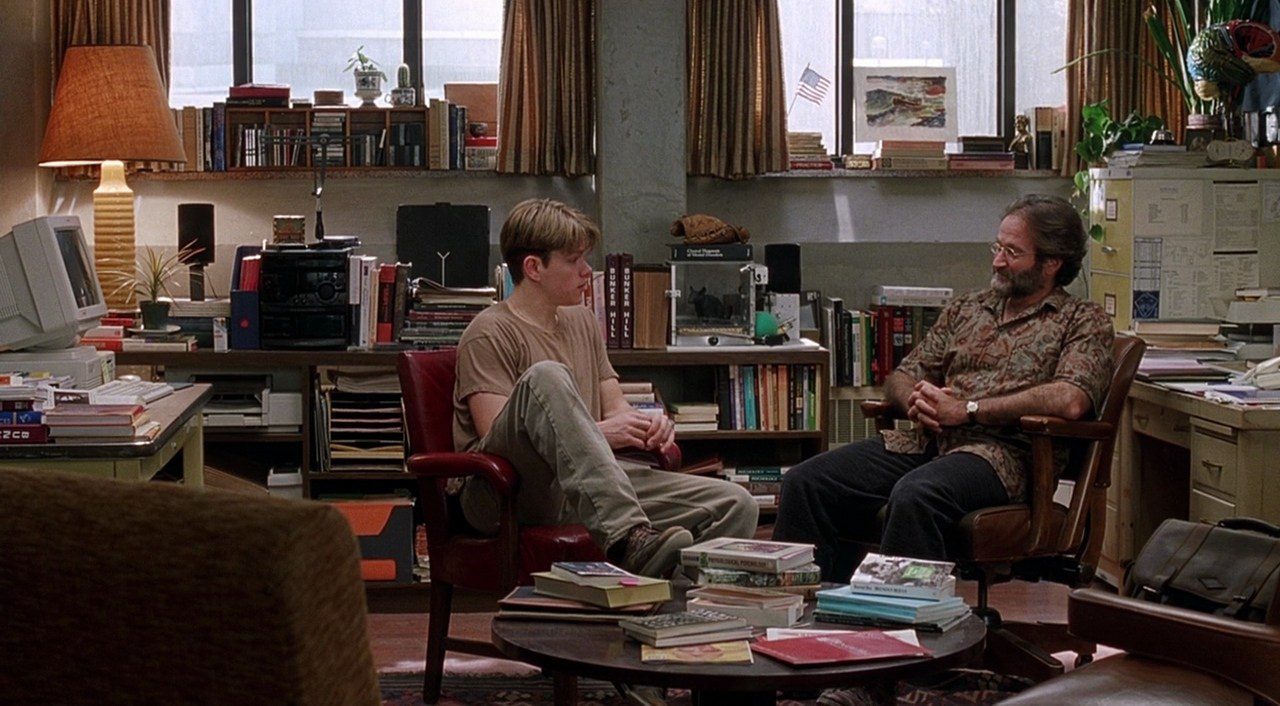
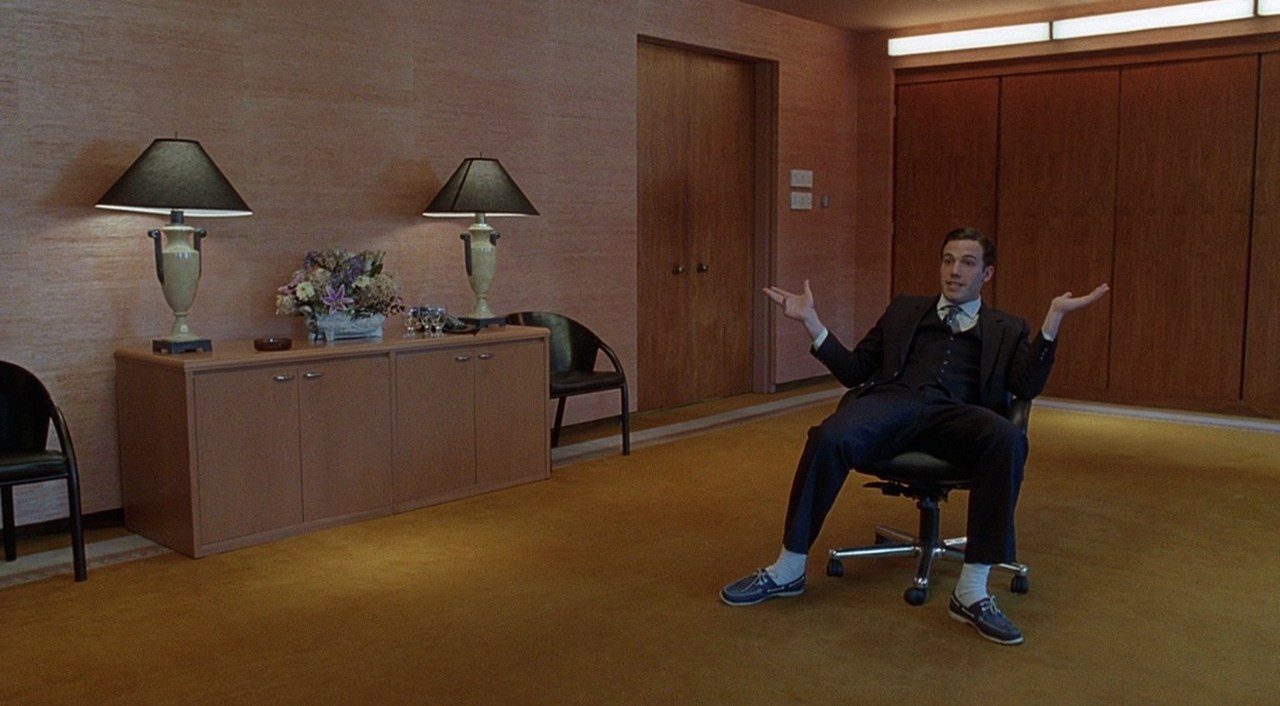
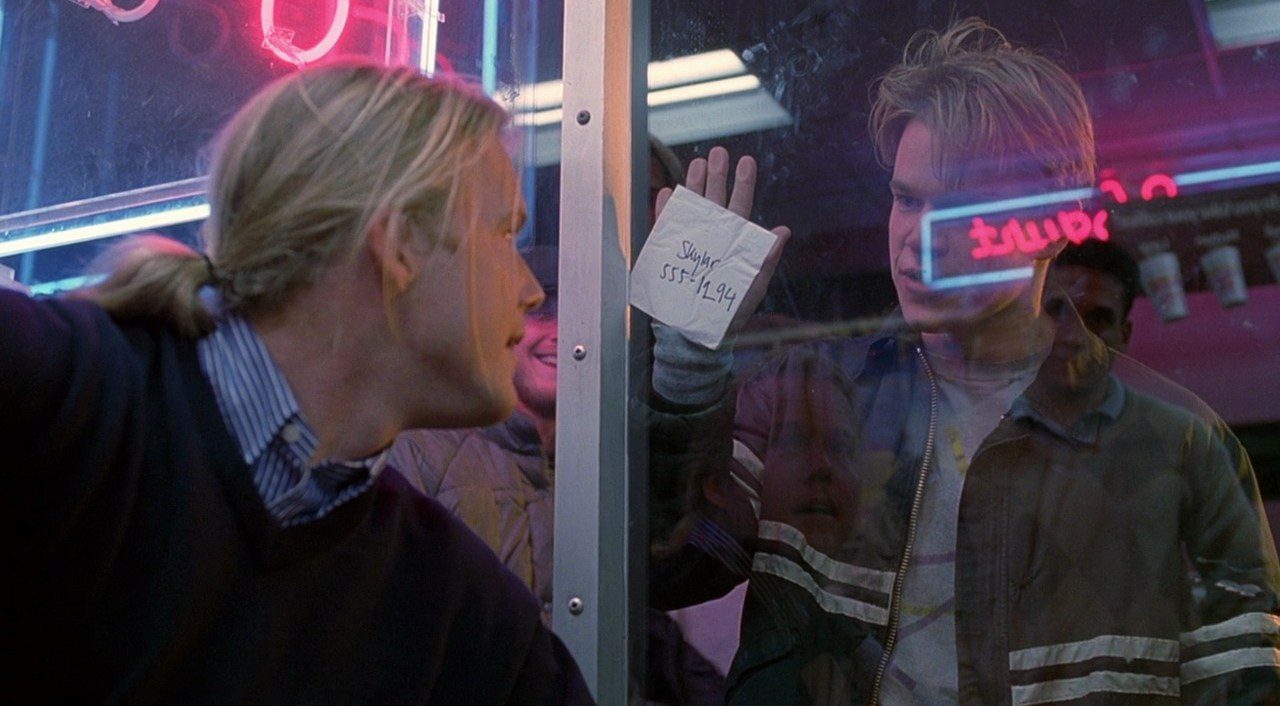
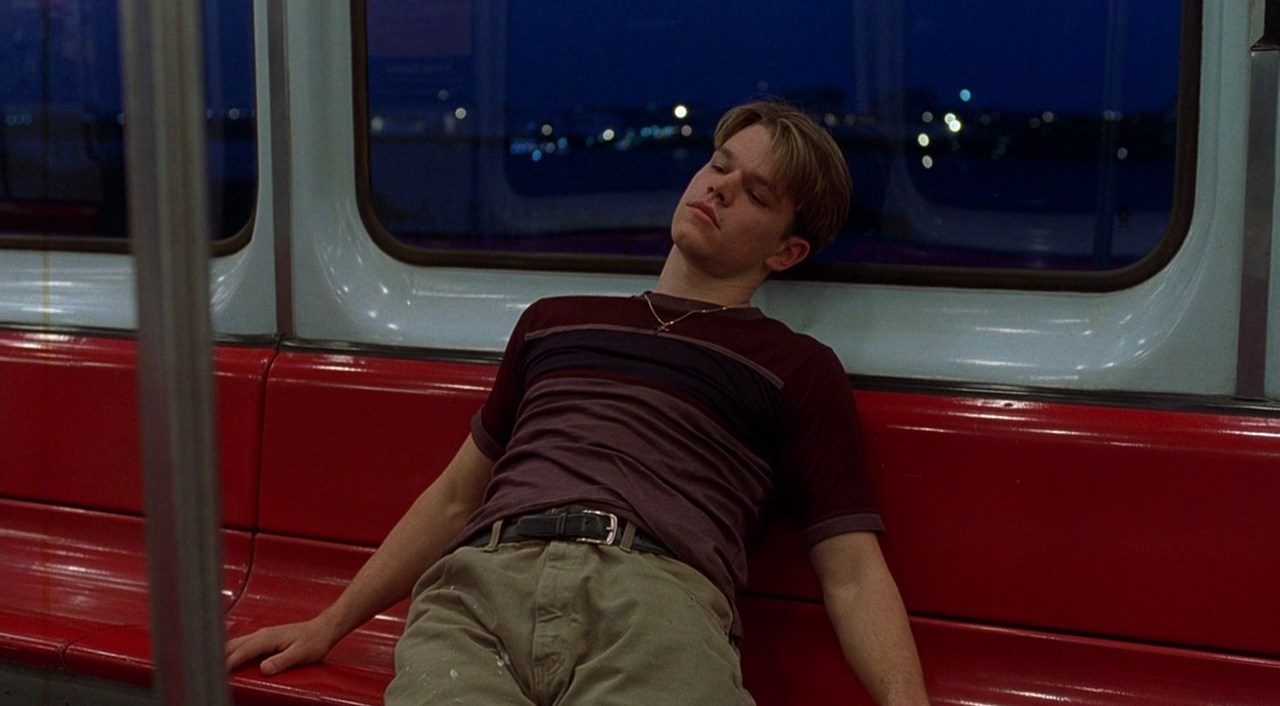
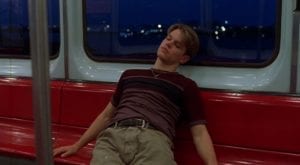 " alt="">
" alt="">